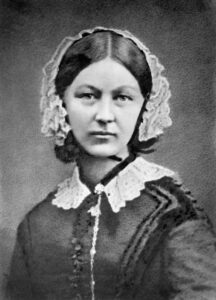Madame Yevonde: A Color Pioneer in Photography

Madame Yevonde, originally known as Yevonde Philone Cumbers, began her photography journey in the early 1910s, driven by her passion for the women’s movement. A pioneer suffragette photographer, she set up her studio in London, embarking on a remarkable six-decade career. While initially motivated by the suffragette cause, Madame Yevonde’s work soon evolved to showcase her unconventional use of color and fantastical themes, setting her apart as a visionary artist.
Color photography was a novelty during her time, with the first color photograph dating back to 1861. Madame Yevonde, however, embraced the Vivex process, a trichrome-printing technique, making her one of its pioneers. Her vividly hued images challenged the prevailing notion that color was unartistic, defying gender stereotypes and expressing life and color in her work.
The recent exhibition, Yevonde: Life and Colour, at the National Portrait Gallery, celebrates her pioneering contributions. The retrospective showcases her stunning series, “Goddesses,” where she depicted society women as figures from classical mythology, creating visually arresting portraits that resonated with emotion.
Despite her successes during her time, Madame Yevonde’s work was often overshadowed by her male contemporaries, a common fate for many women artists throughout history. The exhibition’s recognition of her talent signals a shift in the art world’s desire to acknowledge historically underrecognized artists.
Through Yevonde: Life and Colour, the National Portrait Gallery brings Madame Yevonde’s work to the forefront, celebrating her riot of color and contributions to the world of photography.
Re-reported from the article originally written by Christina Cacouris and published in Aperture.


/shethepeople/media/media_files/QW5X15ZIvugtdtfkAHEQ.png)






/shethepeople/media/media_files/uimd693ZwtCPKUczhtsy.png)